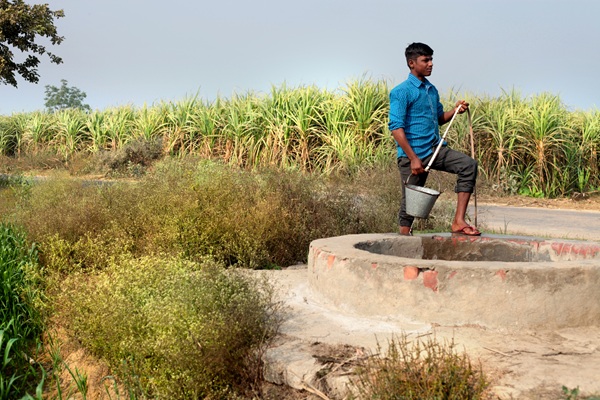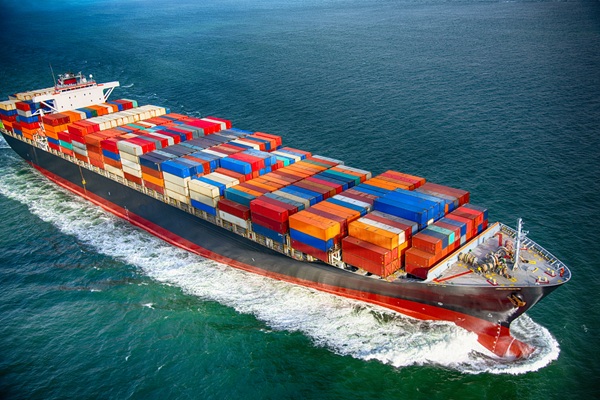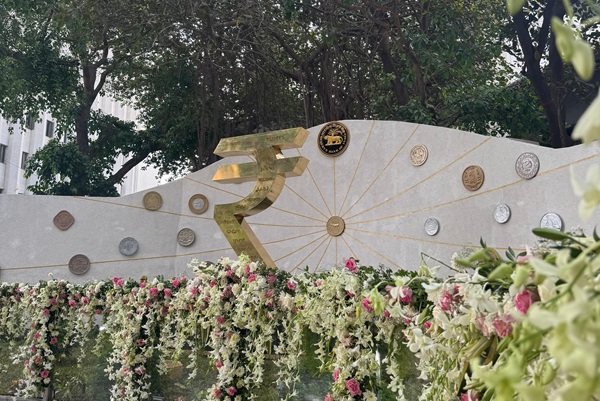.png)

T.K. Arun, ex-Economic Times editor, is a columnist known for incisive analysis of economic and policy matters.
August 4, 2025 at 6:18 AM IST
A recent news report says farmers are growing maize, instead of soybean, because of unremunerative prices for soybean, and steady demand for maize, thanks to the government’s programme of blending ethanol into petrol.
Maize is mostly starch, which, when fermented, generates ethyl alcohol or ethanol. Some recent inference from archaeological evidence suggests that ancient homo sapiens took to grain and the idea of cultivating it, thanks to the pleasant sensation experienced after sampling fermented grain. Whether grain was first cultivated as a food crop or a drink crop is a fascinating debate that need not detain us here. Suffice it to say that when the ethyl alcohol contained in the fermented mash of maize is concentrated by distilling it out of the mash, you get a combustible spirit, which can be mixed with petrol up to a point for use in the normal internal combustion engine that burns petrol, without requiring any major modification of the engine.
The government has gradually increased the proportion of ethanol in the blended fuel to 20%, starting from 1.5% in 2014. While a pilot programme to blend ethanol into petrol was run in 2001, ethanol blended petrol, or EBP, was launched in 2014. The 10% blending target was achieved in 2022. The 20% target has been achieved this year, five years ahead of schedule. The government is now preparing to launch blended fuel with 27% ethanol.
Ethanol production has surged from 380 million litres in 2014 to 6,611 million litres by June 2025, according to a recent statement by petroleum and natural gas minister Hardip Singh Puri. Such 17-fold increase in the production of ethanol should have raised red flags, but, instead, it has been celebrated as a major success.
Originally, ethanol was meant to be sourced from molasses, thus benefitting sugarcane farmers. When the demand for ethanol rose, along with the blending target, grain came to be used for making ethanol. It started with maize. Now, millions of tonnes of rice, too, is used to ferment ethanol. This May, the government increased the allocation of rice for ethanol production to 5.2 million tonnes.
Ethanol is a symptom of gross misalignment of India’s actual requirements in agriculture with policy and funds. Now, from a passive symptom of a disease, it is turning into an aggressive feeder of the malaise, leading to wastage of scarce fiscal resources, avoidable outgo of foreign exchange, and a source of food price inflation, particularly of protein.
If India produced ethanol only from sugarcane juice and molasses, and sugarcane were cultivated only on floodplains that do not need either irrigation or fertilizers, there might be a passable case in producing ethanol and blending it into petrol. Any petrol saved would save foreign exchange on the import of crude, and there would be reduction in the emission of carbon dioxide as well.
In India, however, cane is grown not just on floodplains, but also in irrigated fields. The irrigation is costly to provide, and the cost is never recovered from the farmers and thus, not reflected in the price of produce. Canal irrigation is less costly, but a lot of the irrigation for cane grown in Maharashtra and Karnataka depends on pumping out groundwater. The power is generally subsidised for farmers. Groundwater depletion is a major problem in many parts of India, adding to water stress, particularly in cities. Sugarcane farmers also get subsidised fertilisers. Tamil Nadu routinely fights with Karnataka to release water from the Cauvery river, but uses the released water for the water guzzling crop of sugarcane.
Producing ethanol from intensively cultivated sugarcane, into which free power, free canal water, scarce groundwater and subsidised fertilizer are poured is neither fiscally responsible nor environment-friendly.
Now, more than half the ethanol produced in the country is made from grain, principally maize, and old surplus stocks of rice with the Food Corporation of India. That the FCI accumulates unsold inventories of grain, far in excess of buffer stocking norms, is another major inefficiency of India’s food system.
Skewed policy produces far more grain than India needs, and less of oilseeds and pulses, for which India still depends on imports. India imports well over half its edible oil requirement, spending some $21 billion on it. India is a major importer of pulses, as well, even while being the world’s largest producer of pulses.
Clearly, the sensible thing to do is to incentivise farmers to switch from rice and wheat to oilseeds and pulses. But the policy mess in agriculture keeps farmers wedded to grain. In Madhya Pradesh, farmers are now abandoning soybean, a major source of both cooking oil and protein, in favour of maize. This will lead to greater import of cooking oil, and of pulses.
Because of concerted efforts to keep raising the blended share of ethanol in petrol, there is an assured, and growing, demand for maize. Minimum support prices for edible oils are like virtual reality: you can see them, and hear them, but you cannot lay your hands on them. For MSP to become real, there must be a system of procurement as in the case of rice and wheat. In its absence, farmers switch from soybean to maize.
Maize is the biggest constituent of chickenfeed, and of substandard dogfood. Diversion of maize for ethanol, reduces the quantity available for chickenfeed. Chickenfeed prices go up. Chicken and eggs become more costly. The protein-deficient Indian diet is thus starved of both pulses and chicken, thanks to the race to increase ethanol production.
When maize is crushed, mixed with water and then fermented, the process consumes considerable amounts of energy, and releases considerable quantities of carbon dioxide. Heating the fermented maize mash to distil out the alcohol consumes even more energy. Then to contend that ethanol-blended petrol saves the environment and reduces India’s carbon footprint is to spin a modern fairytale, in which no one lives happily ever after, and the question as to why the supposed grandma has such big teeth and such a big mouth are answered with a definitive gulp.
There are lots of things to be done to reduce India’s carbon footprint. But boosting ethanol production is not one of them.




